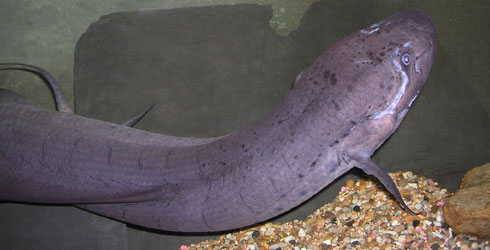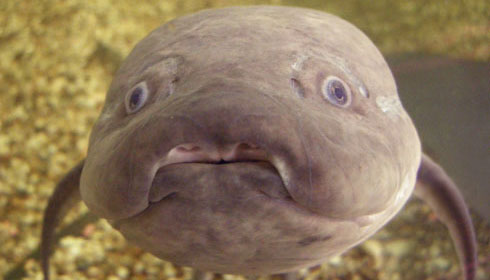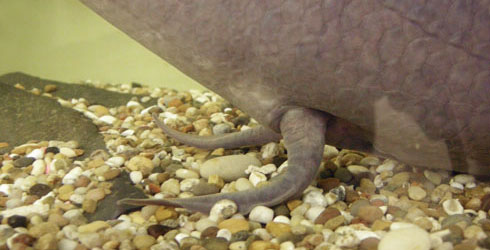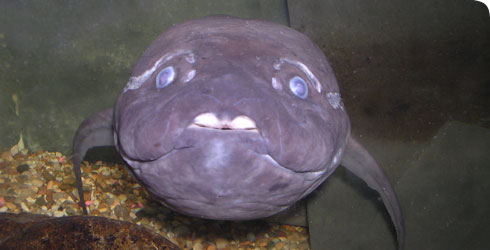Protopterus annectens (African lungfish)
The African lungfish - Protopterus annectens - was first named by Richard Owen, founder of the Natural History Museum, in 1839.
Lungfish were first known from fossils until a living species - Lepidosiren paradoxa - was found in South America.
They can survive without water for several months and breathe using lungs rather than gills.
This ancient animal has remained relatively unchanged for 100 million years and provides an excellent example of the evolutionary link between aquatic and land-dwelling vertebrates.
Conservation
The conservation status for the African lungfish is unknown, although the Australian lungfish, Neoceratodus forsteri, is threatened by habitat destruction.
Species detail
Protopterus annectens was the second living species of lungfish to be found and its species name (annectens) means ‘connecting’. It was used by Richard Owen to refer to the implied ancestral link between Africa and South America.
Protopterus annectens is now thought to contain two subspecies: annectens and brieni, known as the West African and Southern lungfish, respectively.
-

Taxonomy
As its name suggests the African lungfish uses lungs to breathe. It looks and swims like an eel and can ‘walk’ along riverbeds. Find out more about this ancient fish and its connection with land-dwelling vertebrates.
-

Distribution
The omnivorous African lungfish lives in stagnant freshwater. Find out more about its eating habits.
-

Biology
This amazing creature can go for several minutes without taking a breath. It can live for a century, and survives through dry seasons by burrowing into the mud and encasing itself with a mucus coating that prevents it dehydrating. Find out more about this unusual behaviour.
-

References
More reference information for Protopterus annectens.
Images

Protopterus annectens.

Protopterus annectens.
© Dr Liz Loeffler, University of Bristol
Protopterus annectens.
© Dr Liz Loeffler, University of Bristol
Protopterus annectens 'walks' on spindly lobes.
© Dr Liz Loeffler, University of BristolAbout the author
Dr Graeme Lloyd
Former Post-Doc Research Assistant
Palaeontology Research Division
Department of Palaeontology
Author's quote
"P. annectens is one of the closest living species we have to the ancestral tetrapod - the first fish to heave itself onto the land. It is also well known as a long-ranging species with fossil representatives known from as far back as the time of the dinosaurs."
Toolbox
Buy evolution books online

Visit the online shop to find all our evolution titles. Written by experts, these accessible books explain this fundamental yet often complex subject.
You can also buy other books, DVDs and lots of gifts inspired by the natural world.
